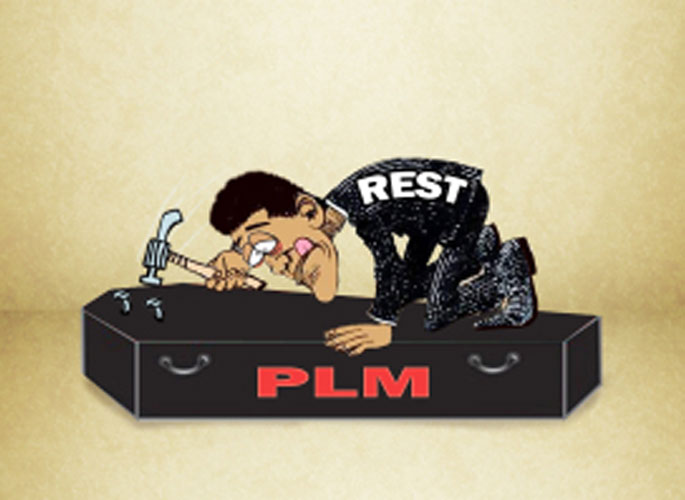REST in Peace PLM
During the last few years, it has been seen that traditional approach to service orientation (SOA) has failed to deliver the business value and agility that were a key element of its value proposition. Even in the case of Product Lifecycle Management (PLM) software, the tools are based on relatively old technology. The result is that technology has moved on and PLM has failed to keep pace to the changing landscape. The message is clear that PLM has to rise to the challenge and adopt new technologies to remain relevant.
The PLM service providers have to provide the kind of no-frills data management and project management solutions their peers could use. These solutions have to ensurelow IT overhead, fast implementation, and modular structure, which manufacturers can adopt incrementally as their needs grow.
Alternate lightweight SOA implementations that are powered by architecture styles such as Representational State Transfer (REST) are proving to be a game changer. In fact, several PLM providers can repackage their large-enterprise products using the new technology which is more agile than the traditional SOA approach.
REST is a more web-friendly architecture style and has its origins in Roy Thomas Fielding’s PH.D dissertation that states the principles that make the web the most scalable and interoperable system in the history of computer software. Essentially, REST-enabled systems are web-based and are modelled in terms of URI-addressable resources that can be accessed through HTTP stateless interactions.
The growing population of professionals now use smartphones and tablets. This has shifted emphasis from desktop to tablets and phones and so all you need to access your PLM system is a mobile application. Given this shift, a greater number of people are now poised to participate in new product introduction, change order requests, design revisions, and supply chain management.
The use of REST addresses some of the limitations of traditional services such as interoperability and scalability. By shifting PLM from the previous client-server architecture to web-hosted structure, PLM providers can deliver solutions with unprecedentedaffordability.The simplicity from the manufacturer perspective and high levels of interoperability of REST services can drastically improve the agility of the next generation of SOA solutions.
Again…predicting the future is something best avoided but I couldnt help myself on this one.

